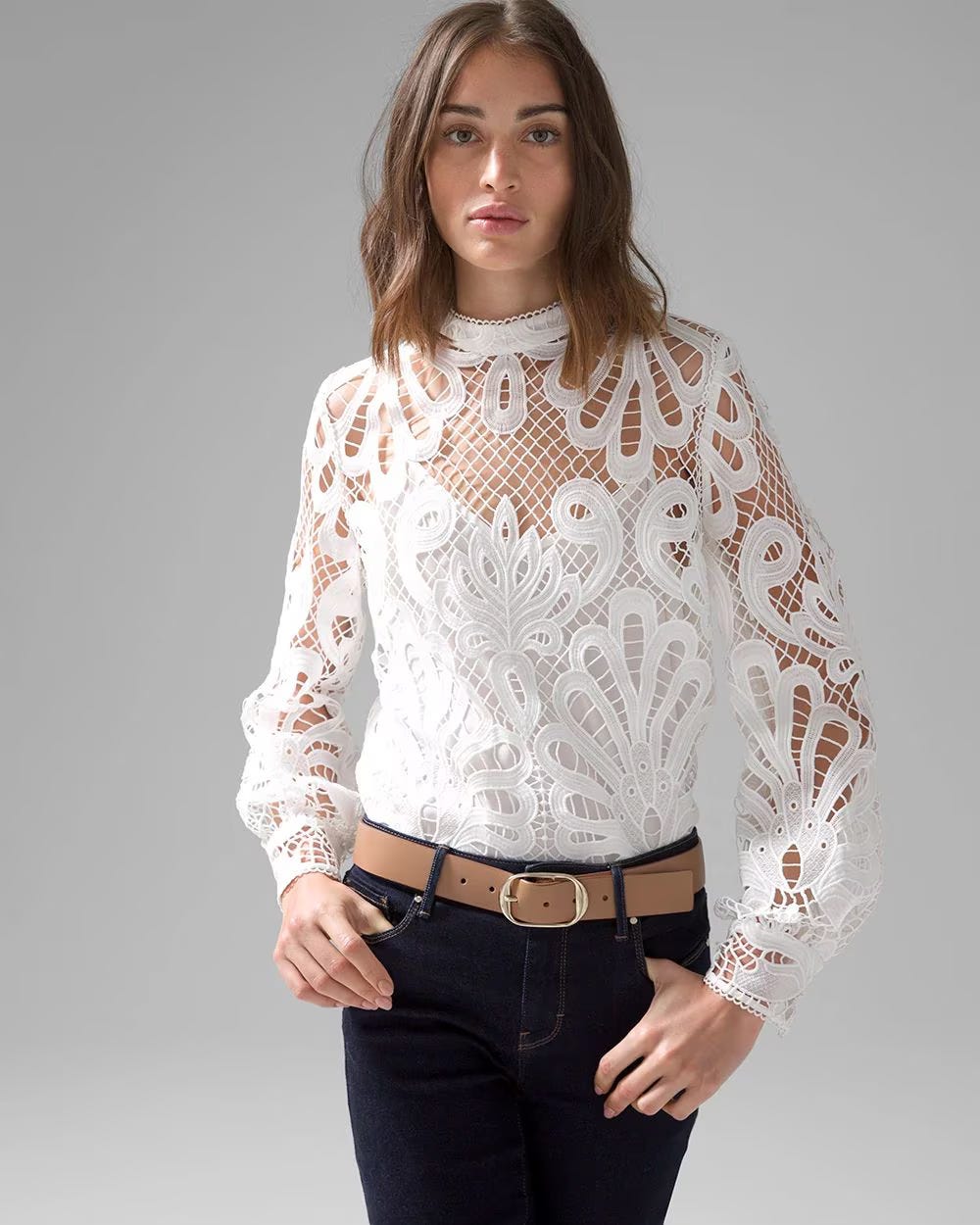FASHION WORD OF THE WEEK: Underlining
Underlinings are not the same as linings.
Underlinings are cut out of the same pattern as the outside (shell) fabric, stitched together, and the two stitched together function as one piece. For example, a lace sleeve might be cut with a cotton blouse material like batiste. The two layers of each pattern piece get sewn around the edges, about 1/8”/3mm away from the edge. This stitching must stay inside the seam allowance so it is unseen. Then the two-layer fabric piece is sewn up to create the sleeve. The cotton here would be the underlining.
Because the underlining and shell fabric become one, the drapability and stiffness of the fabric changes drastically. You may underline a lace if you want that extra structure. You could use an even stiffer fabric like broadcloth or taffeta to add even more structure. You could use a contrast underlining for extra colors/textures.
You can also do a lining on the same lace sleeve. The lining pattern would be drafted differently than the lace pattern. The lace and the cotton batiste would sit apart from each other. You could potentially cut the pattern so the lining is fitted around the arm and the lace is poufy. This is often done to save on fabric costs.
In this case, the lining would not add more structure or thickness to the lace. The lining here would function as a way to cover up the sheerness of the lace and to add a little bit of warmth. You would use a lining if you want to keep the floaty softness of the lace draping loosely over the lining.
Lining is also the route to choose if you want a garment to only be partially lined. Maybe you want more of a slip dress lining over a full sleeved lace dress.
P.S. My video on how to design with lace is here.
P.P.S. Did you buy my book? Did you like it? Will you please rate it at whatever site you purchased it from?




